Barbizon School was an art movement that belonged to the wider phenomenon of Naturalism in Europe and existed from 1830 to 1870. Painters of this group significantly contributed to the independence of landscape genre, popularization of Plein Air painting, and affirmation of authentic scenes from nature and rural life as painting themes.
Inspired by this school, a whole wave of art colonies around the world emerged in the second half of the 19th and during the 20th century. Prominent representatives of this movement are Jean-Baptiste-Camille Corot, Jean-François Millet, Charles-François Daubigny, Theodore Rousseau, Jules Dupré, Narcisse Virgilio Díaz, Charles Jacque, Constant Troyon.
Notable Barbizon School Artwork
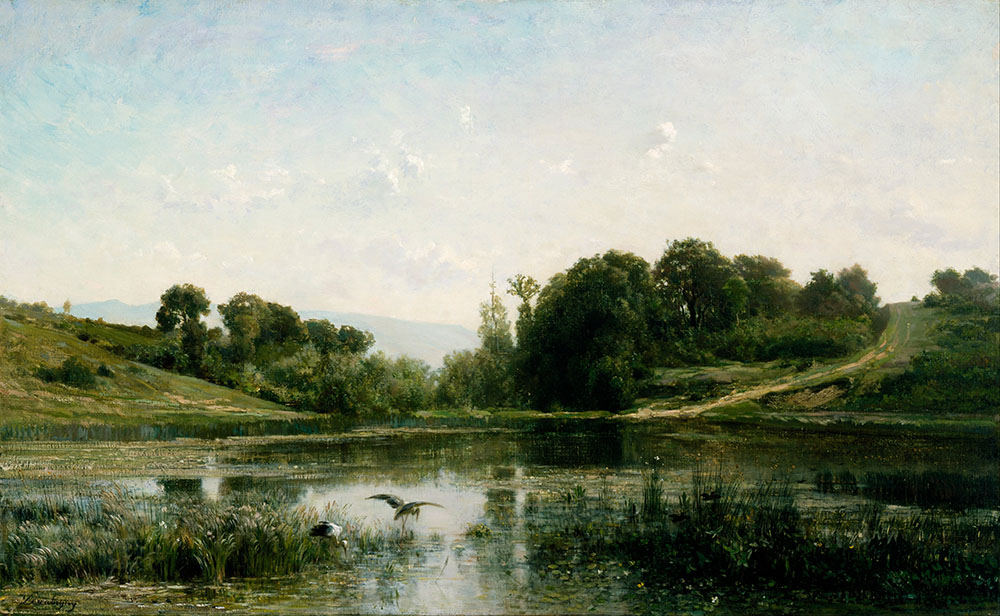
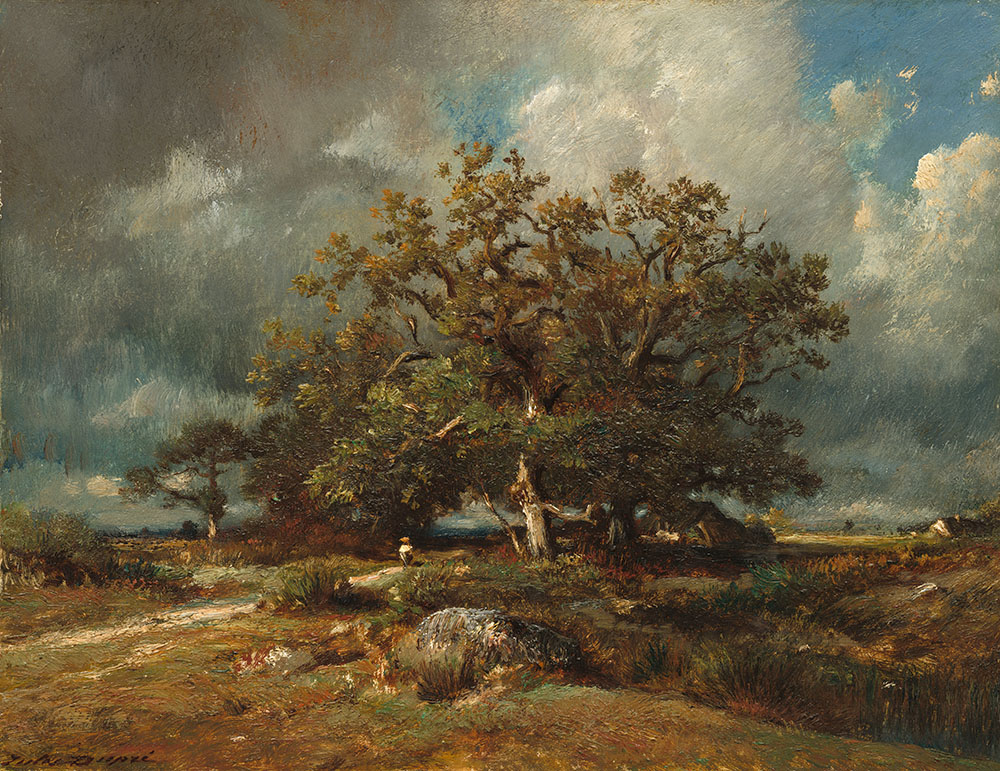
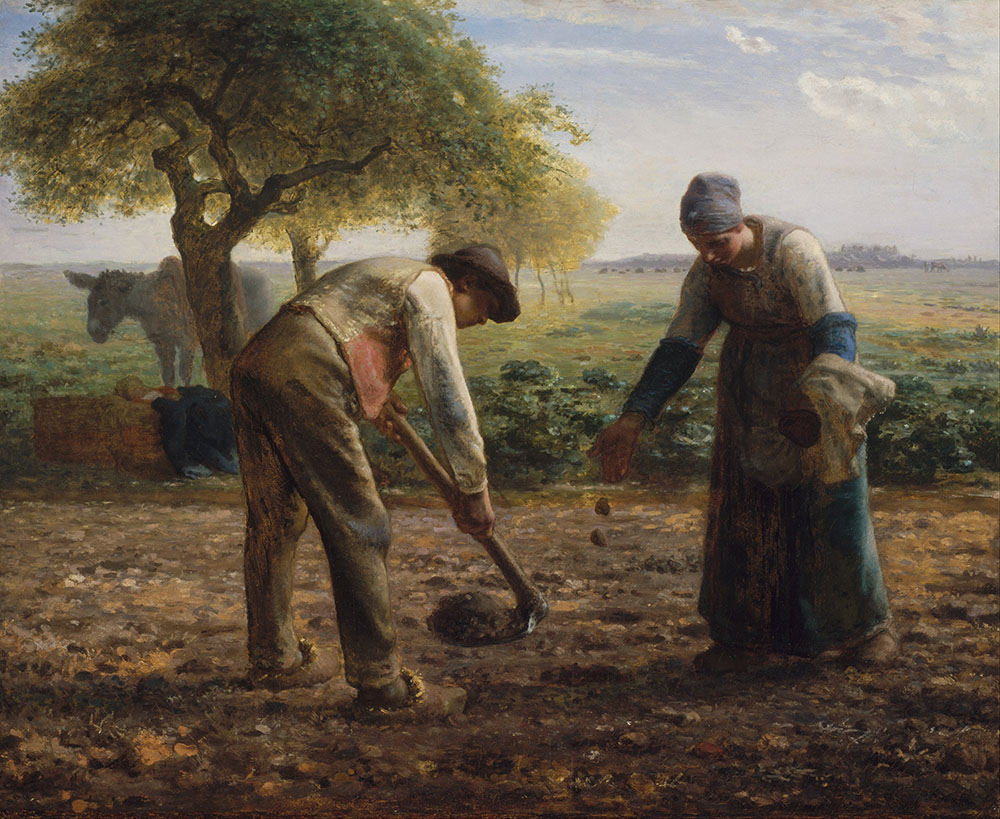
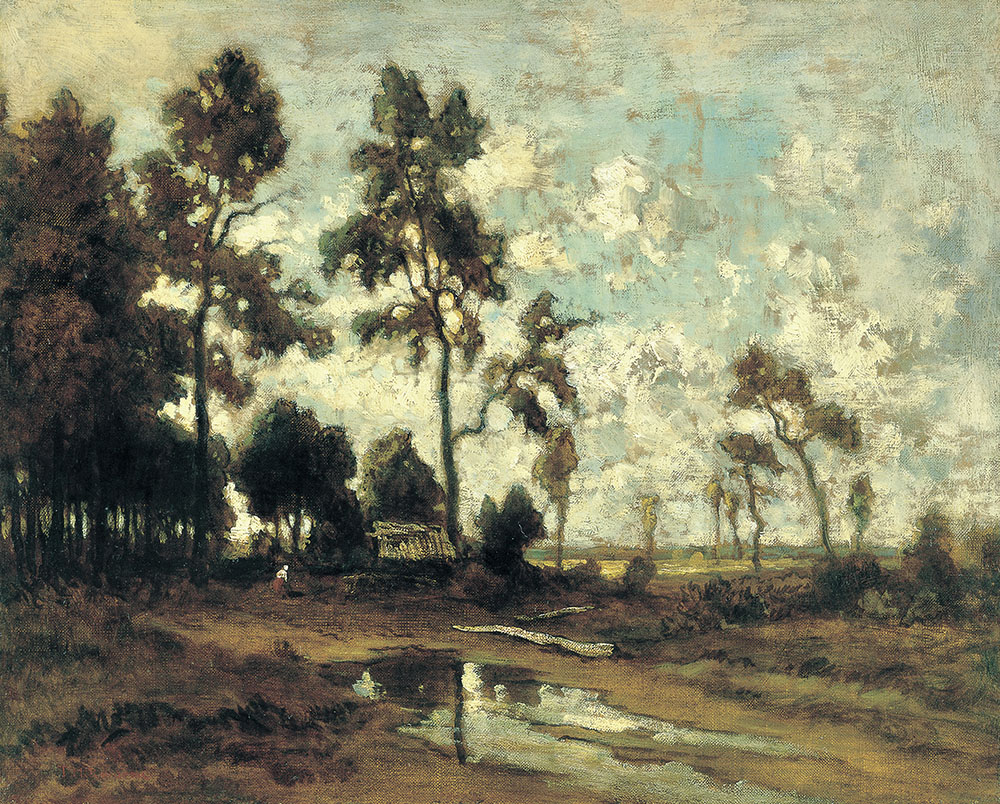
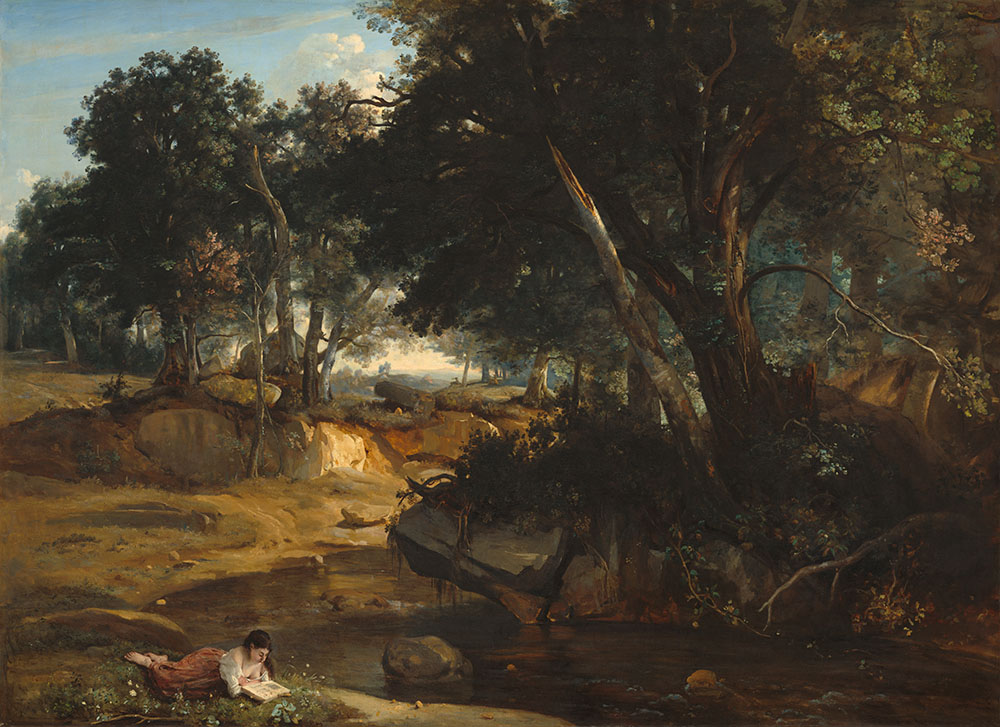
Neoclassicism of The Ecole des Beaux Arts
During the early and late modern period, there was a clearly established hierarchy of painting genres in European culture. Thus, the primary or highest position was occupied by history painting, the next place belonged to portrait painting and the third to the genre painting. The so-called lower genres consisted of landscapes and still lifes. The lower genres painting is valued in that manner because it was perceived as fragmentary painting. In such a hierarchy, fragments of landscape or still life formed the default elements of historical painting. The Ecole des Beaux Arts continued this tradition and firmly promoted the principles of Neoclassicism.
These values were reflected in the process of creating an image, which is primarily intellectual work. Mythological, religious, or historical themes were to be brought in a painting built on clearly defined proportions and the structure of the composition. The landscape served as the background for the essential content of the painting. The first advances in the official recognition of the landscape as an autonomous genre by the Ecole des Beaux Arts are seen in the introduction of the Prix de Paysage Historique in 1817. Although the landscape was still necessarily viewed through the prism of historical painting, this paved the way for further change. The presentation of John Constable to the Parisian art scene will have a significant impact on the painters of the Barbizon School, who will begin their gatherings a few years after his success at the Salon.
Redefining the Landscape Painting with
John Constable
The English painter John Constable played a significant role in the process of recognizing the landscape as an independent painting genre. His monumental landscapes were an example of authentic naturalist painting. It is important to point out that Constable transformed the painting of the natural world by throwing out the idea of harmonizing nature by constructing an “ideal landscape” in the studio. The centuries-old tradition of sketching motifs from nature and later incorporating them into the whole of the painted composition has been replaced by the revolutionary Plein Air painting.
Painting landscapes in the Plein Air that Constable popularized with a new attitude towards natural light and natural landscape – significantly transformed not only the naturalist paintings but also modern art from Impressionism onwards. John Constable’s painting The Hay Wain was exhibited at the Paris Salon in 1824. This work, devoid of epic subtext and mythological components, bringing the rural scene of the English countryside, was a great success and made this painter famous in France.
Fontainebleau and Barbizon as spaces of escapism
During the 19th century, the practice of leaving large cities in search of a harmonious natural environment became more common among French artists. The pioneers of this phenomenon, which will develop into an art colony, were Barbizon artists. Jean-Baptiste-Camille Corot was the first from a group of Barbizon painters to paint in the Forest of Fontainebleau. After his first arrival in 1829, he returned to the area on several occasions during 1830 and 1831 to work on the painting View of the Forest of Fontainebleau. Although only 70 kilometers away from Paris, this area provided artists with the authentic rural ambience they longed for. Behind the dense forest belts of Fontainble, there were several small villages, of which Barbizon became the most famous and most frequent destination for artists who would stay here.
The art school that has been developing in this region since the 1830s was named after this village. Following Jean-Baptiste-Camille Corot, Théodore Rousseau, Paul Huet, Constant Troyon as well as Charles-François Daubigny and Jean-François Millet began to arrive in Barbizon. By deliberately leaving the urban environment and subordinating the entire experience of being in nature to artistic work, these artists started a wave of changes in the European art. In the second half of the 19th century, Barbizon and Fontainebleau Forest were visited by numerous painters whose work will determine the currents of modern art. Among them were Pierre-Auguste Renoir, Alfred Sisley, Claude Monet, Edouard Manet.
New Landscape Painting of the Barbizon school
Examples of landscape painting that influenced the development path of the Barbizon School landscape are, John Constable’s landscapes and the landscapes of the Dutch Golden Age, especially Jacob Van Ruisdael’s and Meindert Hobbema’s. Looking at this painting, Barbizon artists tended to distance themselves from the refined forms characteristic of Nicolas Poussin and Claude Lorrain. Breaking with the tradition of the ideal landscape, these artists insisted on the real French landscape as a painting’s theme. While staying in nature and observing the life and work of peasants, Barbizon painters created a special naturalistic expression. The Plein Air procedure was crucial in their approach to painting.
Barbizon School as a Model of an Art Colony
On the wave of intensive industrialization of Europe and Naturalism as a philosophical and artistic response to that, art colonies modeled on the Barbizon school were created throughout Europe. As Paris was the most important center of European art, many painters from all over the world visited it and got acquainted with the phenomenon of naturalistic painting of this school. Following the example of the Barbizon Art Colony, the Hague School, Pont Aven School, Newlyn School, Hudson River School were established. The colonies at Skagen and Nagybánya were formed according to the same model. The Barbizon school also influenced the painting of Russian painters from the Peredvizhniki group.
Notable Artists
- Charles-François Daubigny (1817 – 1878)
- Theodore Rousseau (1812 – 1867)
- Jean-François Millet (1814 – 1875)
- Jules Dupré (1811 – 1889)
- Narcisse Virgilio Díaz (1807 – 1876)
- Jean-Baptiste-Camille Corot (1796 – 1875)
- Charles Jacque (1813 – 1894)
- Constant Troyon (1810 – 1865)
- Charles Olivier de Penne (1831 – 1897)
- Albert Charpin (1842 – 1924)
- Paul Trouillebert (1829 – 1900)
